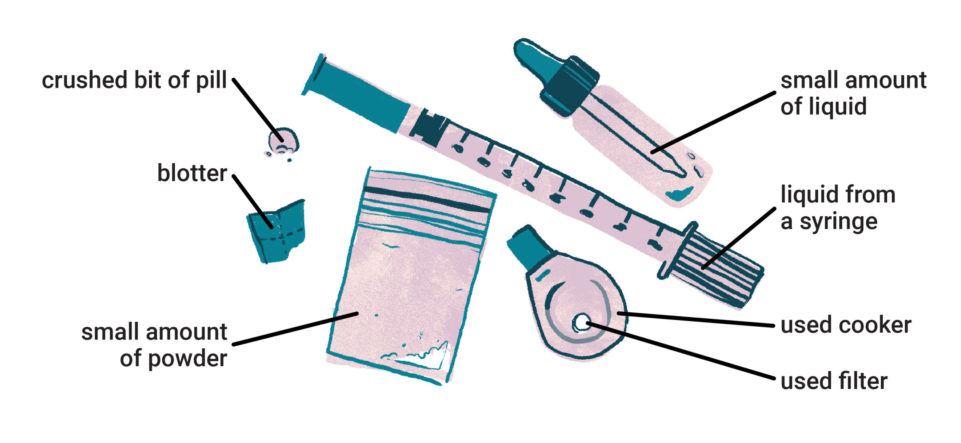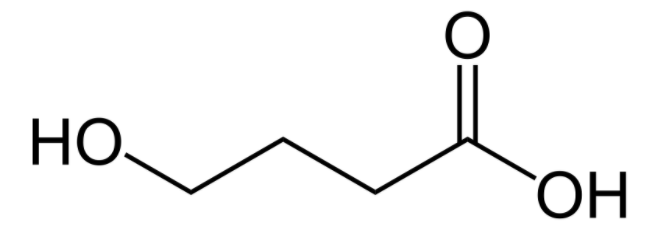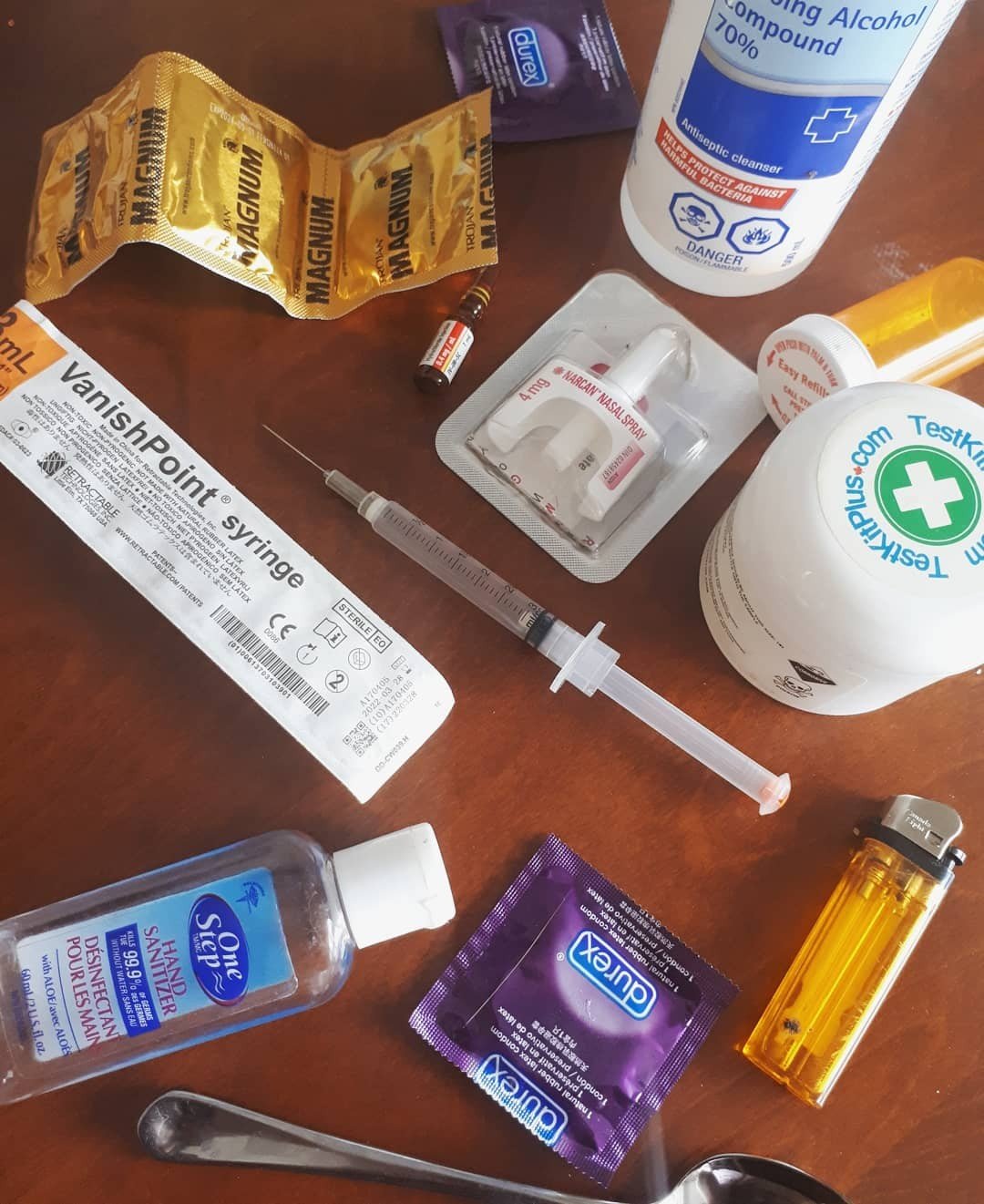Toronto Drug Checking Project
Toronto has a highly sophisticated drug checking project!
What is Toronto’s drug checking service?
People who use drugs in Toronto have long advocated for access to drug checking in an effort to reduce the harms associated with using drugs from the unregulated supply.
Launched in October 2019, Toronto’s drug checking service offers people who use drugs timely and detailed information on the contents of their drugs, helping them to make more informed decisions.
This drug checking service also helps to uncover the makeup of Toronto’s unregulated drug supply, which includes illegal drugs, as well as legal drugs diverted from regulated markets for sale through criminal channels. Information on Toronto’s unregulated drug supply is made publicly available.
How do I get my drugs checked?
Toronto’s drug checking service is free, anonymous, and available to everyone. Accepted samples include a substance (approximately 10mg of a powder or pill, blotter, or a small amount of liquid) and paraphernalia after it’s been used (a used cooker or filter, or leftover liquid from a syringe).

Samples are collected at five harm reduction agencies in Toronto where supervised consumption services are also offered:
Parkdale Queen West Community Health Centre (Queen West site) – Bathurst and Queen (Trip! HQ)
South Riverdale Community Health Centre – Carlaw and Queen
The Works at Toronto Public Health – Yonge and Dundas
Moss Park Consumption and Treatment Service – Sherbourne and Queen
Parkdale Queen West Community Health Centre (Parkdale site) – Dufferin and Queen
Results are available within a business day or two and are communicated to clients by harm reduction staff in person or by phone. Along with these results, clients receive tailored harm reduction supports, guidance, and referral to services (e.g., supervised consumption, naloxone training, primary health care).
How does Toronto’s drug checking service work?
Samples are transported from the harm reduction agencies where they are collected to a nearby laboratory at the Centre for Addiction and Mental Health or St. Michael’s Hospital to be analyzed.
Toronto’s drug checking service uses mass spectrometry technologies (gas- and liquid-chromatography). These sophisticated lab-based technologies offer detailed information about which drugs are found in each sample, along with some information about how much of each drug is present.
Toronto’s drug checking service is one of a few pilot projects that received funding from Health Canada to prevent overdose. This service operates by way of exemptions from the Government of Canada’s Controlled Drugs and Substances Act.
This drug checking service is being scientifically evaluated to understand its impacts on the health and well-being of people who use drugs in Toronto.
Who funds Toronto’s drug checking service?
Toronto’s drug checking service receives financial support from the Government of Canada’s Substance Use and Addictions Program and the St. Michael’s Hospital Foundation.
Which partners and collaborators are involved in Toronto’s drug checking service?
Toronto’s drug checking service relies on a community advisory board of ten people who use drugs in Toronto who meet monthly to consult on its design and execution.
This drug checking service partners and collaborates with a range of community members and organizations, clinicians, researchers, policymakers, and others, including:
British Columbia Centre of Substance Use
Centre for Addiction and Mental Health
Health Canada’s Drug Analysis Service
Moss Park Consumption and Treatment Service
Office of the Chief Coroner for Ontario
Ontario Harm Reduction Network
Ontario Poison Centre
Parkdale Queen West Community Health Centre
Public Health Ontario
Sandy Hill Community Health Centre
South Riverdale Community Health Centre
Michael’s Hospital
Street Health
The Works at Toronto Public Health
Toronto Harm Reduction Alliance
Toronto Paramedic Services
Toronto Public Health
Trip! Project
We acknowledge the members of our community advisory board, our partner organizations, and the people of Toronto that have lost their lives because of overdose.
More info here!
Testing Kits – Drug Checking
Testing kits can help you identify what a substance is so you can decide how or if you want to take it. When getting drugs from someone or the internet you can’t be 100% sure what it really is, even if it’s from a friend. You can use a testing kit to get more info! Continue reading →




